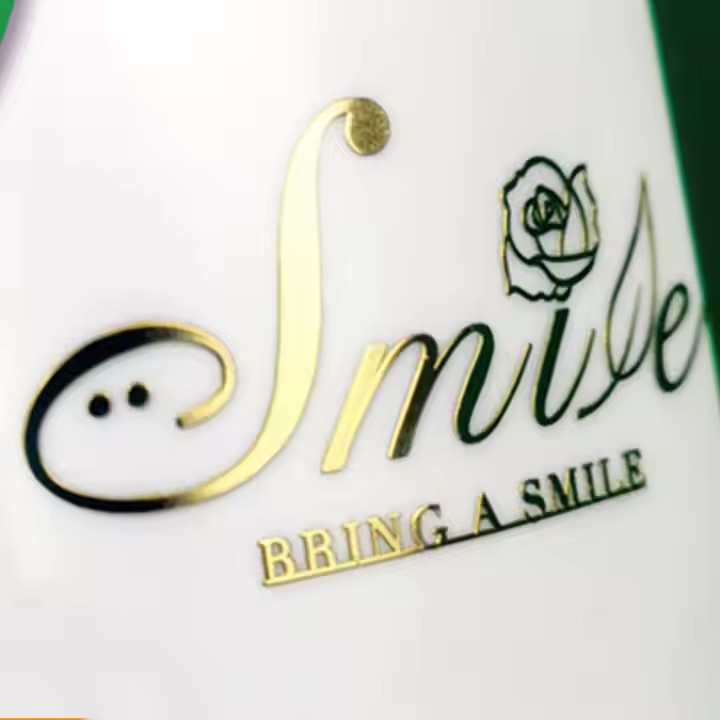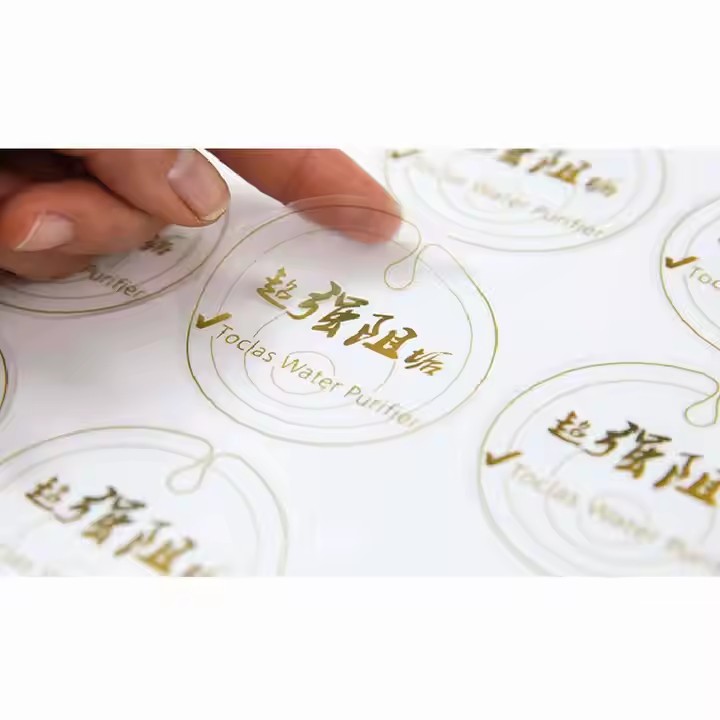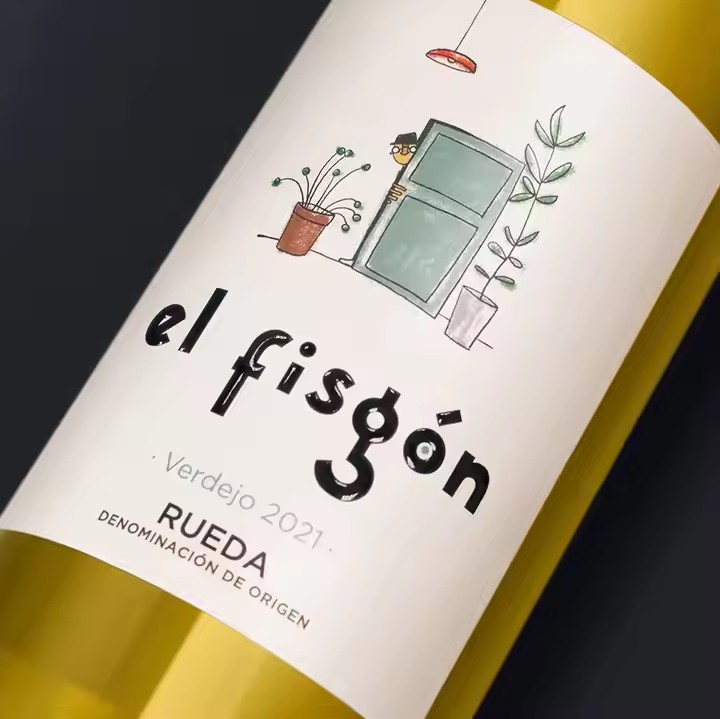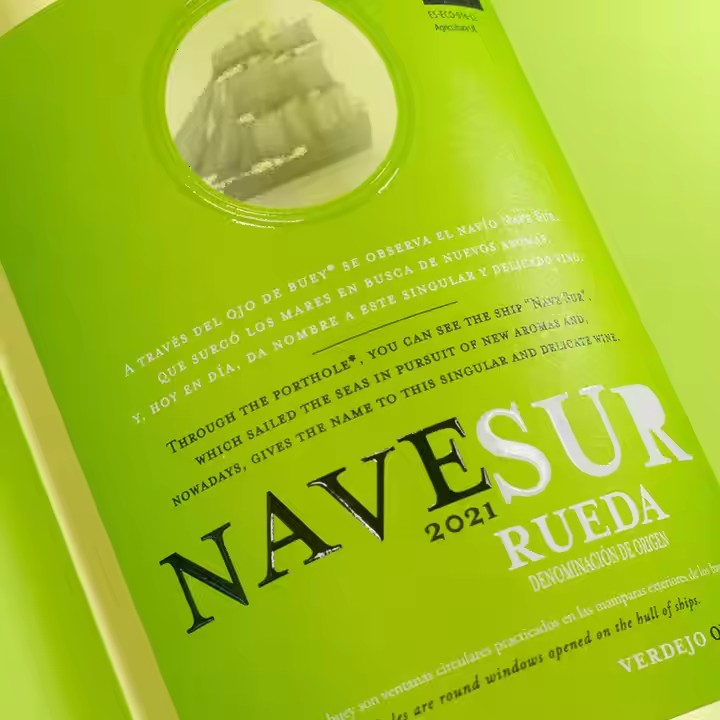I. Appearance Design
- Window Frame Shapes
Minimalist Modern Style
Adopting simple lines, and a window frame design mainly with straight lines can show a modern feel. For example, for casement windows with extremely narrow frames, the width of the frame can be around 20 – 30mm. This can maximize the view and give people a simple and delicate feeling. This style is suitable for modern minimalist-style buildings and interior decorations. It is especially liked by young consumers who usually pursue fashionable and simple living spaces.
Modern decoration is designed with a modern vision. Contemporary people like this simple and elegant modern style because this design gives people a sense of being spacious, comfortable and grand. The high transparency of casement windows makes the indoor environment brighter and makes the living environment more livable.
European Classical Style
For casement windows in the European classical style, the window frames can be designed to be relatively thick with decorative lines. For example, the edges of the window frames can have carved patterns or the shapes like Roman columns. These carved patterns can be simple geometric patterns or complex plant and flower patterns, showing the magnificence and grandeur of European architecture. This style is suitable for European villas or houses with a classical style and can echo with the European elements on the exterior of the building. The European style has a retro design from the Middle Ages. The upper class likes the European style. In this decoration style, there will be patterns in the home decoration environment, such as flower patterns, figures, Renaissance murals and so on, which are all common symbols in European architecture.

Chinese Style
The window frames of Chinese-style casement windows can incorporate elements of traditional Chinese architecture. For example, they can adopt the appearance shape of mortise and tenon structure, imitating the form of traditional wooden windows. The color of the window frames can be chosen as dark wood colors, such as sandalwood color, chestnut color, etc., reflecting the calmness and elegance of the Chinese style. In addition, traditional Chinese decorative symbols, such as fret patterns and swastika patterns, can be added to the window frames to enhance the Chinese charm. In recent years, the Chinese style has been very popular among the public. People like this antique Chinese style which is very classical and has a strong Chinese flavor. Using new Chinese elements means adding Chinese elements in daily life. For example, common ones include lotus flowers, peaches, bamboo, the God of Wealth and other Chinese elements. For example, there will be such pictures or patterns on glass windows, and some consumers like this elegant and antique elements.
- Color Matching
Classic Color Combinations
White is a classic color for casement windows. It goes well with everything and can give people a fresh and bright feeling. Whether in modern-style or traditional-style buildings, white casement windows can fit in well. For Nordic-style buildings, white casement windows paired with log-colored exterior walls or interior decorations can create a warm and natural atmosphere. In terms of color matching, white, black, gray, gold, and silver are all classic color combinations. For any style of decoration, the above colors can blend well into the decoration environment and are all good matching colors. Gold window frames usually match well with the European style because the European style is mainly decorated with a retro tone. If you like the modern minimalist style, you can use white. White is soft, bright and warm, and you can choose white-framed windows as a match.

Popular Color Trends
Currently, some colors of advanced gray are also very popular. For example, dark gray and light gray casement windows, when paired with the glass curtain walls or metal-textured exteriors of modern buildings, can enhance the texture and sense of technology of the building. Meanwhile, two-tone casement windows are gradually becoming popular. For example, the outer frame is a dark color and the inner frame is a light color. This design can meet the different color needs of the building exterior and interior decoration. For popular colors, they can be applied in the design of window and door frames. Because what is popular has been verified by the market, so popular colors are liked by the public. Then they should be applied to window products to meet consumers’ preferences.
- Glass Design
Transparent Glass
Large areas of transparent glass can provide good lighting and views. When designing, try to reduce the division of the glass by the window frame and use large-sized glass panels. For example, in the design of casement windows for sea-view rooms or mountain-view rooms, use whole large-sized transparent glass so that consumers can enjoy the outdoor scenery to the fullest extent. Transparent glass can let sunlight penetrate to the greatest extent and can save electricity well.
Frosted Glass or Patterned Glass
For spaces that need to protect privacy, such as bathrooms and bedrooms, frosted glass or patterned glass can be used. Frosted glass can let light in softly while ensuring indoor privacy. Patterned glass has a variety of patterns to choose from, such as ice flower patterns, geometric patterns, etc., which can add decoration to the windows. Frosted glass is generally used in private occasions, such as bathrooms or changing rooms. This frosted glass helps protect privacy and avoid exposure.
Stained Glass
Stained glass is very popular in some buildings with an artistic atmosphere or a retro style. Stained glass can be designed into mosaic patterns, such as the stained glass mosaics in the style of churches, and used in casement windows for some special places, such as church buildings, art studios, etc., adding a strong artistic atmosphere to the space. Stained glass has colorful colors and is generally used in churches and also used in commercial occasions. It has high ornamental value.

II. Functional Design
- Opening Modes
Inward Opening and Tilting Mode
This opening mode can open inward both flatly and tilt inward. When opening inward flatly, it is convenient for ventilation and cleaning the outside of the window. When tilting inward, ventilation can be achieved even on rainy days, and rainwater will not enter the room. This multi-functional opening mode is especially suitable for high-rise residential buildings. Consumers can enjoy fresh air without worrying about safety issues because when the window is tilted inward, the opening is small, preventing children or objects from accidentally falling.


